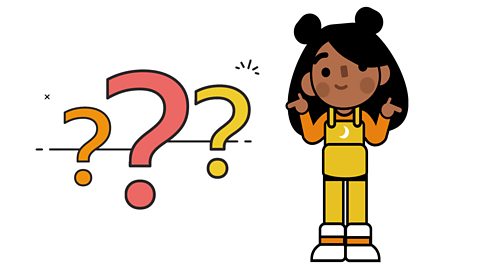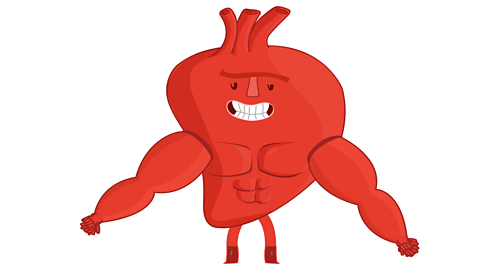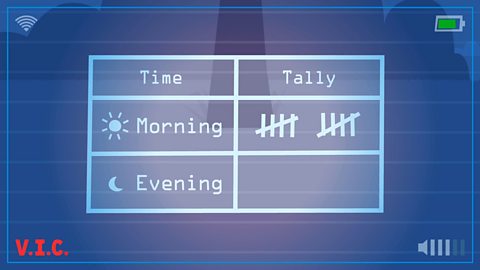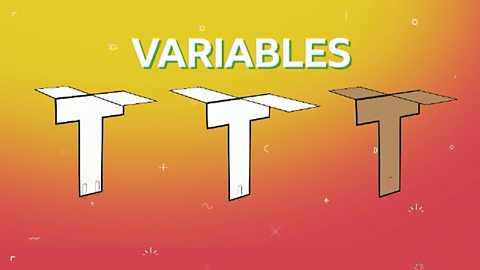Writing up experiments

A scientific investigation usually starts with a question and often an experiment or test is often needed to find out the answer.
Before the start of the experiment or test, scientists usually make a prediction. This is a scientific guess about what you think will happen and what the result of the experiment will be when you have thought about what you already know that might help.
During the experiment, you can observe changes over time or any patterns that may occur.
Once you've carried out your experiment or test, you need to summarise any patterns you have spotted or observations you have made. This is called a conclusion.

Predictions and conclusions

Your question might be âWhich type of exercise makes my heart rate increase the most?â
You might have done lots of exercises before like sprinting, jogging and star jumps. Remembering which of those was the most tiring previously may help you with writing your prediction. This might be the one which increases your heart rate the most.
I predict that sprinting will make my heart rate increase the most becauseâŠ
After an experiment is finished, scientists write a simple summary of what they have found out. This is called a conclusion.
Your conclusion might be:Star jumps made my heart rate go up the most.

Watch: How to draw conclusions
Learn how to analyse data and make conclusions.
Molly: HmmmâŠacorns have been falling in the morning, but then disappearing by the evening, the squirrels must be taking them.
Narrator: This table shows the acorns youâve tracked over the past week and this chart shows there have been lots of squirrels around.
But if we analyse that data, other animals have been spotted too!
That brings us to our big conclusionâŠitâs not just squirrels that are taking the acorns.
Activity 1: Conclusions gap fill
Activity 2: Predictions and conclusions quiz
Activity 3: What conditions do woodlice prefer?

Ask a responsible adult to help you with this activity.
You will need a small number of woodlice and a container which has light and dark areas. You can make this out of a lunchbox which is half covered with silver foil.
Woodlice can be collected from under stones or leaves in a garden or local park. It is extremely important that the woodlice are not harmed in any way during this experiment and are released back as soon as possible in the same place.
- Carefully place the woodlice into the centre of the container.
- Leave them alone for five minutes.
- Record the number that are in the light and dark sections.

Think about where you found your woodlice.
- What were the conditions like?
- Does this help you write a prediction? What is it?
I predict that woodlice will prefer the darker area of the container because they were found in a dark place in the garden or park.

What is your conclusion?
This depends upon your results! It could be:
- I conclude that woodlice prefer darker areas because I found more of them in the shade. (This is most likely.)
- I conclude that woodlice prefer lighter areas because I found more of them in the sun.
- I conclude that woodlice donât prefer lighter or darker areas because I found the same number in these places.
What other scientific investigations could you complete using the same equipment?
Bitesize Primary games. gameBitesize Primary games
Play fun and educational primary games in science, maths, English, history, geography, art, computing and modern languages.

More on Working scientifically
Find out more by working through a topic
- count7 of 11

- count8 of 11

- count9 of 11

- count10 of 11
